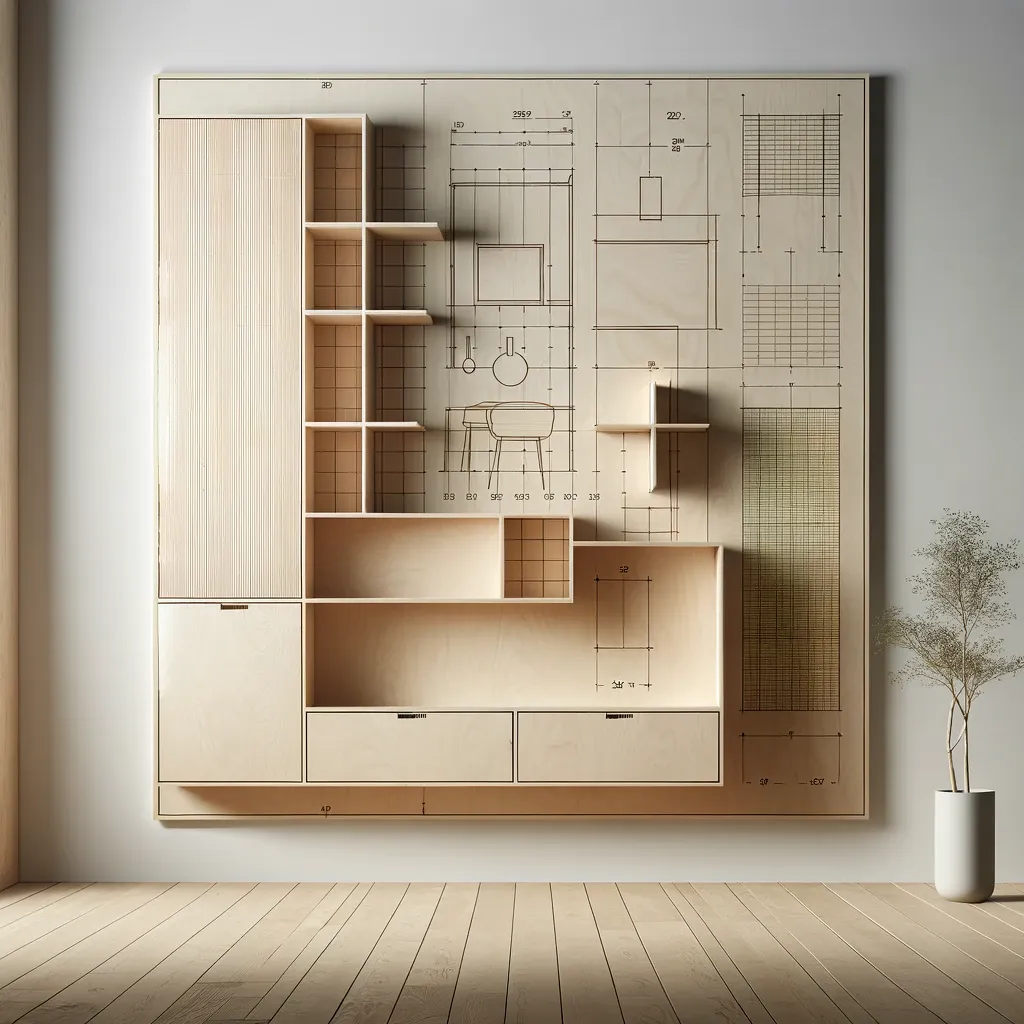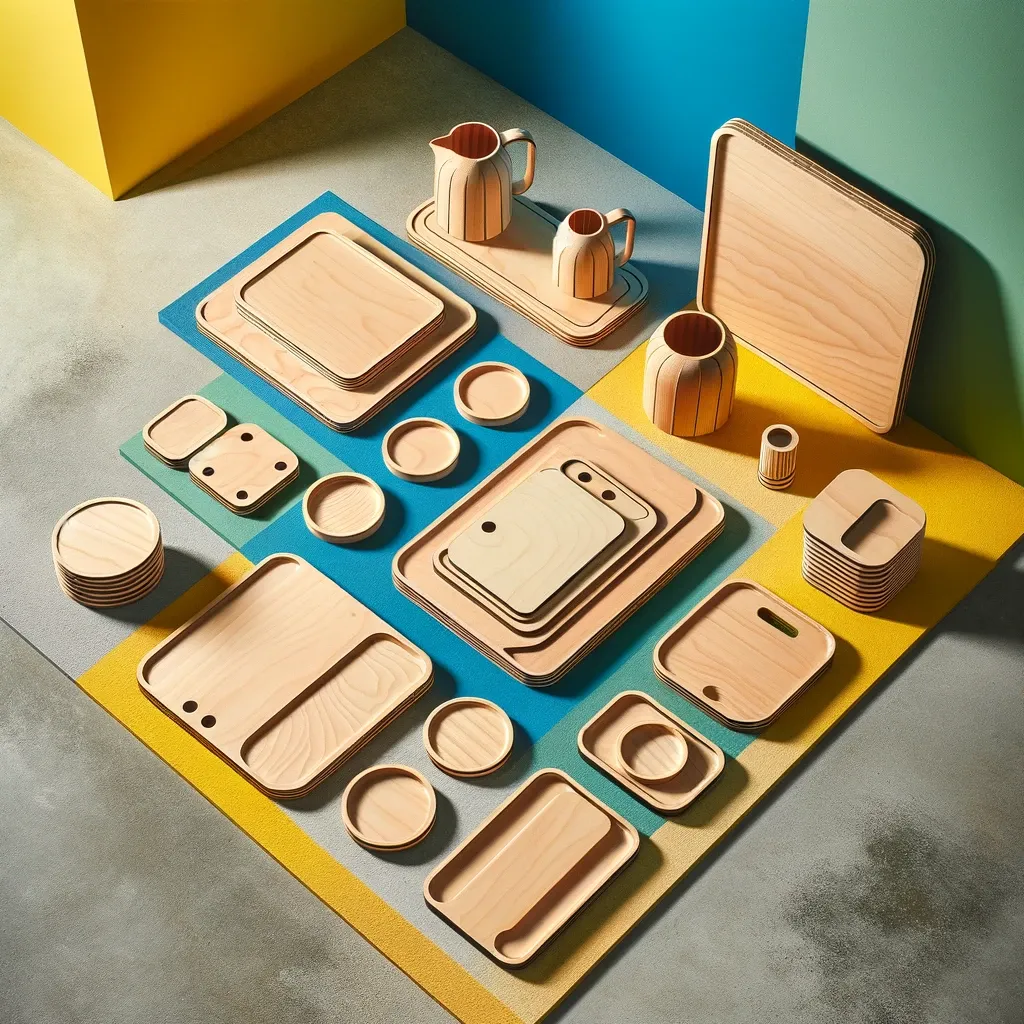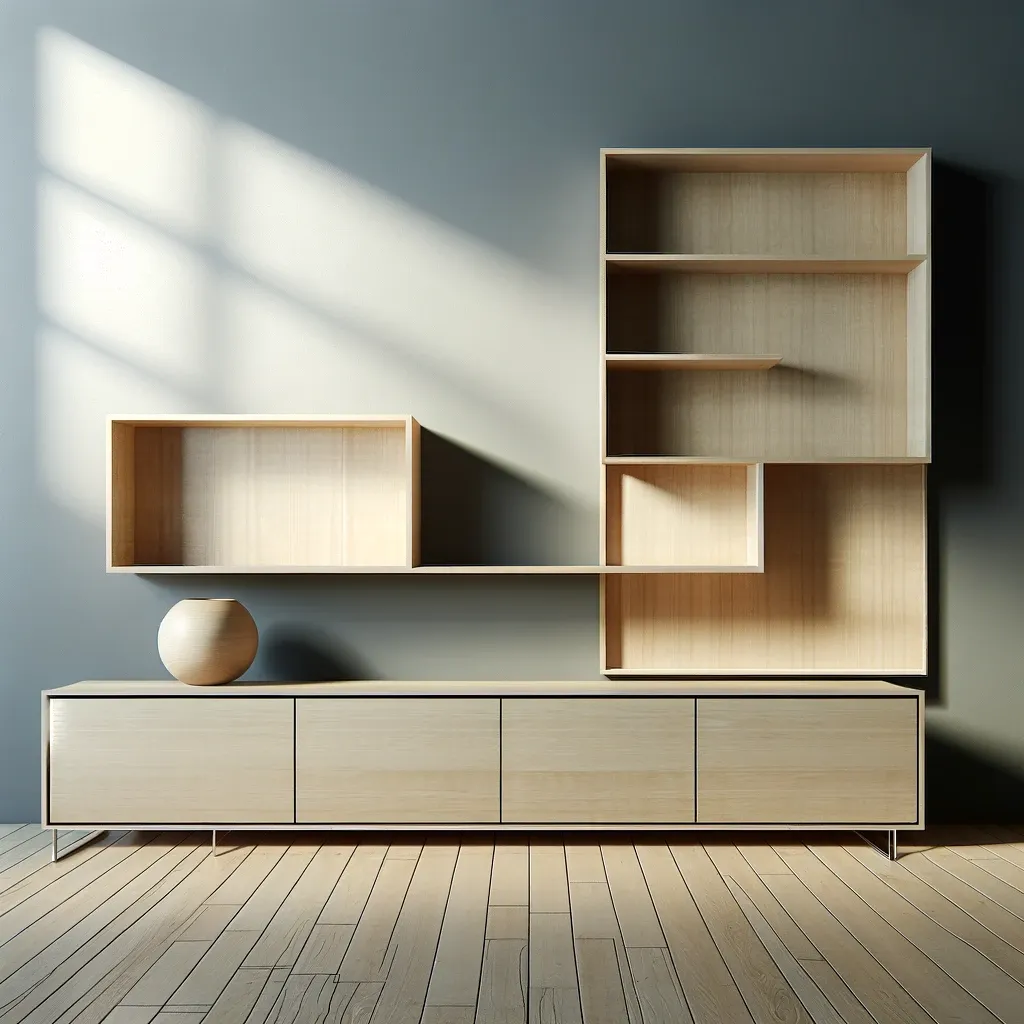Concrete Furniture: Examining the Use of Concrete in Crafting Minimalist Furniture
In the realm of interior design, minimalist aesthetics have long been celebrated for their serene simplicity and understated elegance. Amidst this trend, a surprising material is making its mark: concrete. Once confined to construction sites and sidewalks, concrete is now being reimagined into sleek, durable furniture pieces. This blog post explores the unique allure of concrete furniture in minimalist design, examining its functional beauty and the innovative ways designers are embracing this robust material.
The Rise of Concrete in Minimalist Furniture
Durability and Longevity: Concrete's strength ensures furniture that lasts for years.
Aesthetic Appeal Its raw, textural quality adds a unique visual element to minimalist spaces.
Versatility Easily shaped and tinted, concrete can fit any design vision.
Concrete Collaborations: How designers are partnering with artisans to create bespoke pieces.
From the Runway to the Living Room: Tracing the journey of concrete from architectural use to interior design trends
The Concrete Dining Table
- Design Philosophy
- Blending Form and Function: The design of the concrete dining table exemplifies a harmonious blend of aesthetics and utility. Emphasizing clean lines and a smooth finish, the table brings a modern edge to any dining area.
- Customization: Highlighting the adaptability of concrete, this piece can be tailored in size and finish to suit diverse interior styles, from industrial to contemporary.
- Manufacturing Process
- Material Selection: Using a high-grade, lightweight concrete mix for ease of handling and durability.
- Molding and Curing: Detailed steps in shaping and curing the table to achieve the perfect balance of ruggedness and refinement.
- Impact on Dining Space Aesthetics
- Centerpiece of Minimalism: The table's minimalist design acts as a focal point, setting a tone of understated elegance.
- Complementing Elements: How the table's grey hues harmonize with various color palettes, enhancing the overall dining room decor.
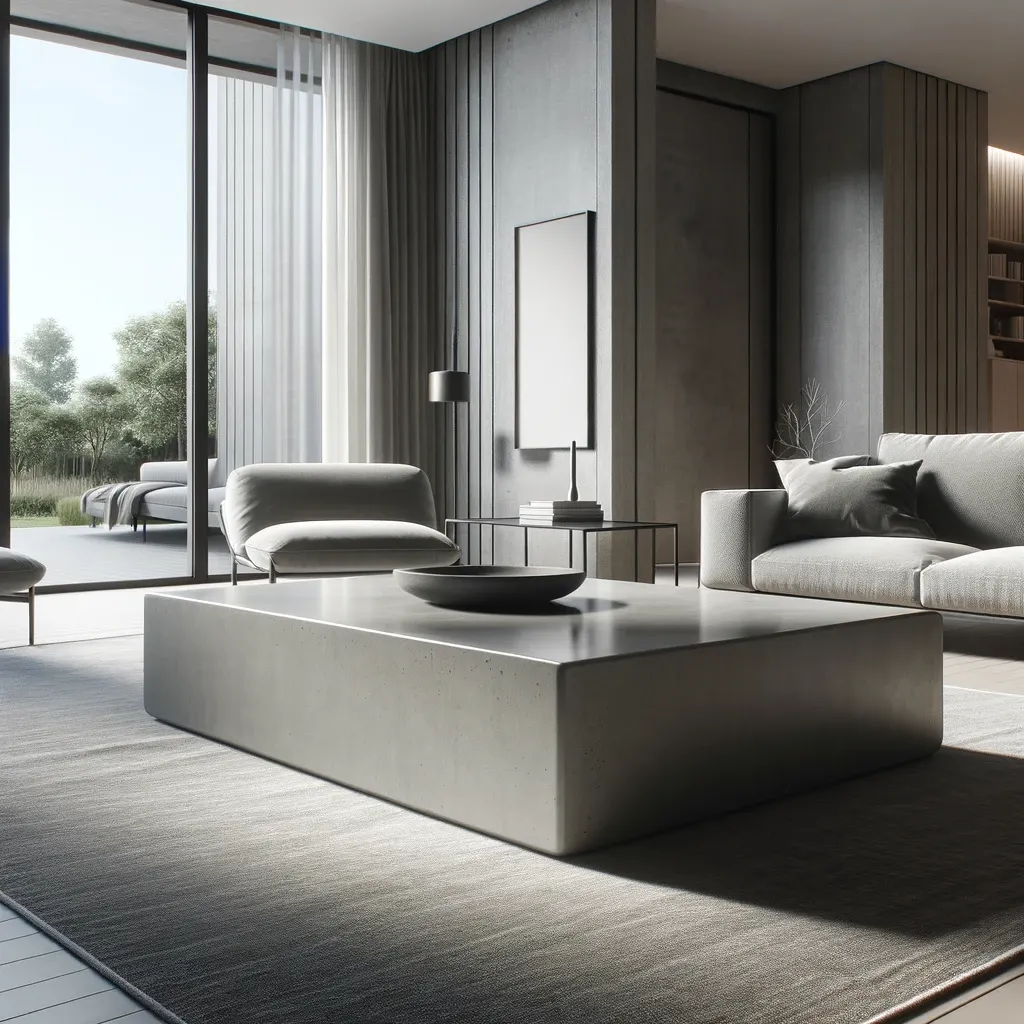
Concrete Accent Pieces in Minimalist Decor
In the minimalist interior design world, the use of concrete has transcended beyond basic furniture to include artistic planters, lamps, and other decorative items. These pieces are not merely functional; they double as standalone art forms, injecting a unique character into minimalist spaces.- Functional Art in Concrete
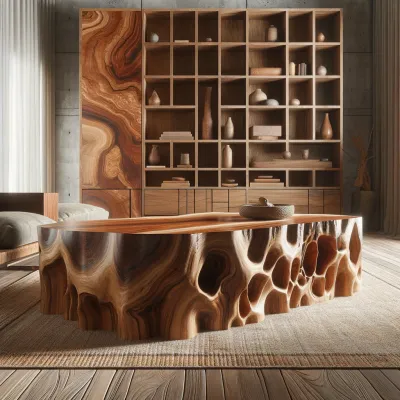
- Concrete Planters: These aren't your ordinary plant pots. Companies like KONKRETE and Urban Concrete Design specialize in creating concrete planters that are as much sculptures as they are home for plants. Their designs range from geometric shapes to more organic, free-form styles.
- Concrete Decorative Accents: Firms like Solid Studio and Concrete Cat have pioneered in creating an array of concrete decor items, from coasters and candle holders to wall art and bookends. Each piece reflects meticulous craftsmanship and an artistic touch.
- Real-World Examples of Concrete Artistry
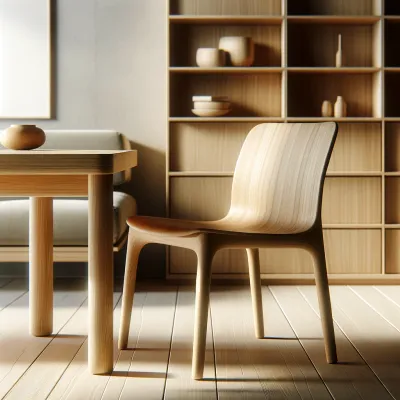
- The 'Geo' Series by KONKRETE: This series features planters with bold geometric shapes, turning a regular houseplant into a centerpiece.
- Luminary Concrete's 'Eclipse' Lamp: A perfect blend of raw concrete with elegant curves, providing a soft, ambient glow ideal for minimalist spaces.
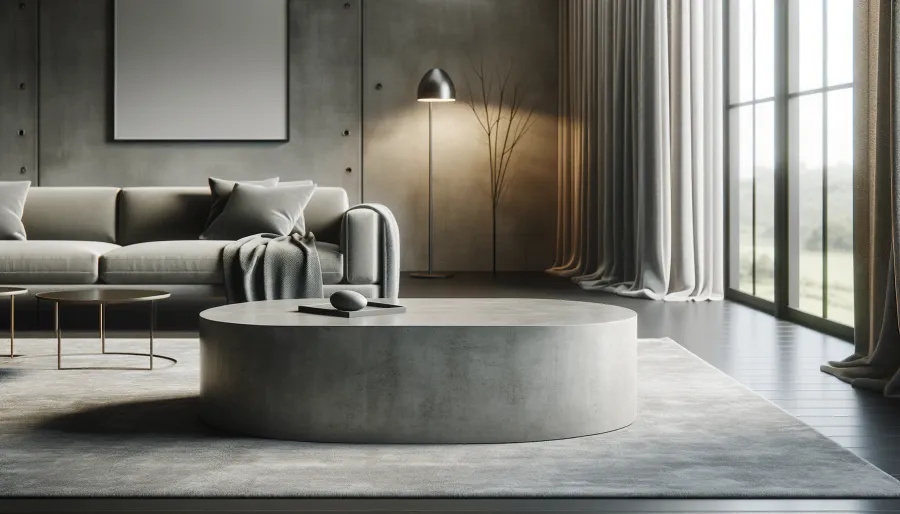
The Sustainability Question
Environmental Impact of Cement Production: The manufacturing of cement, a key component of concrete, is known for its significant carbon footprint. It's one of the largest sources of CO2 emissions globally, raising concerns about its ecological impact.
Durability and Longevity: On the flip side, concrete's durability means furniture and decor made from it can last for decades, reducing the need for frequent replacements and the associated environmental costs.
Green Concrete: Some companies are experimenting with more sustainable forms of concrete, using recycled materials like glass or slag from steel manufacturing. This not only reduces waste but also cuts down on the carbon emissions from traditional cement production.
Lower Carbon Cement: Efforts are being made to produce cement with a lower carbon footprint. Technologies like carbon capture and storage (CCS) are being explored to make cement production more environmentally friendly.
Reclaimed Concrete:There's a growing trend of using reclaimed or recycled concrete for furniture and decor. This approach not only gives a second life to materials that would otherwise end up in landfills but also adds a unique character to each piece.
Examples in Practice: Companies like Recast Studio and Urban Concrete Reclamation are pioneers in this field, creating stunning pieces from reclaimed concrete, ranging from tables and chairs to artistic installations.
Consumer Awareness: As awareness of environmental issues grows, consumers are increasingly looking for sustainable options in their furniture choices. This has encouraged designers and manufacturers to innovate in creating eco-friendly concrete options.
The Role of Designers: Designers are in a unique position to influence the sustainability of concrete furniture. By choosing eco-friendly materials and production methods, they can lead the way in making concrete a more sustainable choice for minimalist design.
While concrete poses certain environmental challenges, advancements in technology and a growing focus on upcycling and sustainability are paving the way for more eco-friendly concrete furniture and decor. The key lies in balancing the aesthetic appeal of concrete with environmentally responsible practices.
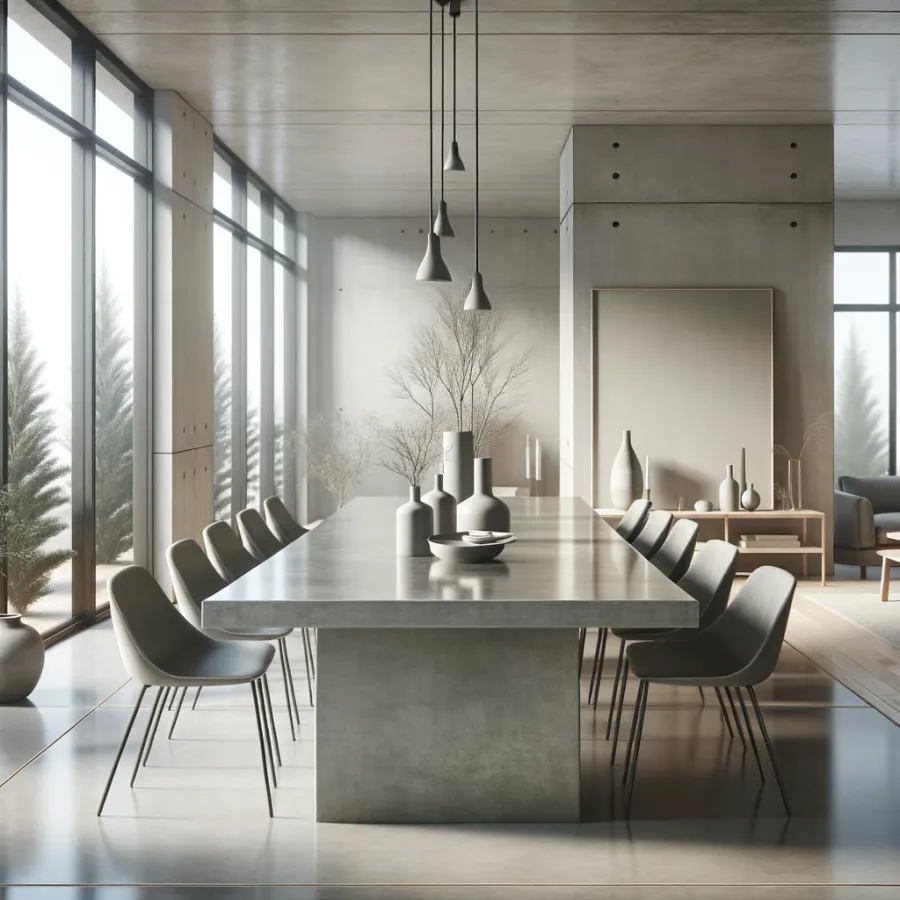
It's a testament to the idea that beauty lies in simplicity and functionality. As we see concrete furniture becoming a staple in minimalist design, it's clear that this trend is more than just a fleeting fascination. It's a bold statement on the future of sustainable, innovative furniture design. What's your take on this minimalist marvel? Are we ready to embrace the concrete jungle in our living spaces?
